
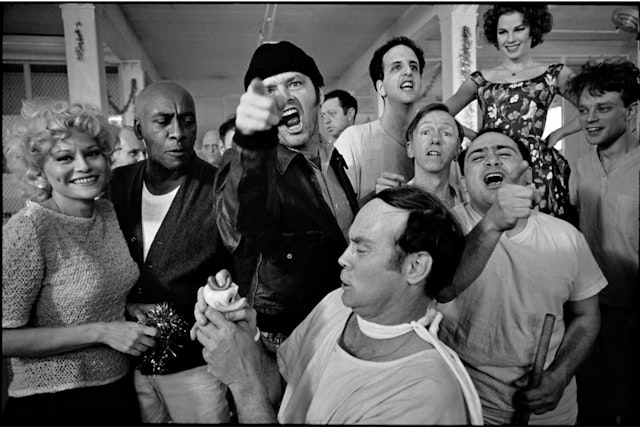

In the spring of 1976, Mary Ellen Mark and Karen Folger Jacobs, a writer and licensed therapist, began their odyssey at Oregon State Hospital’s Ward 81.

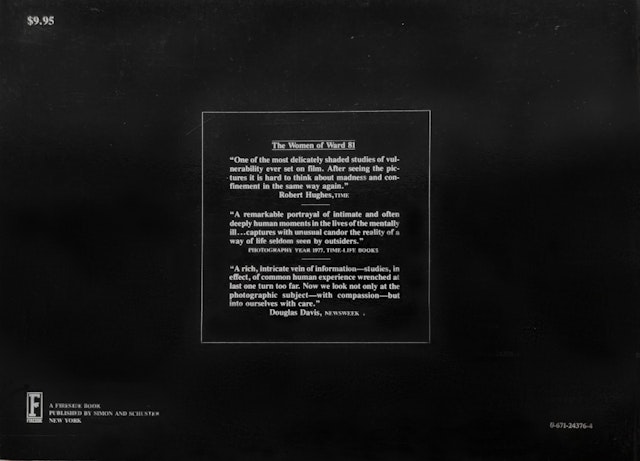




When the book is lined up vertically on a bookshelf, it appears as if the girl is watching you from behind the stacks.


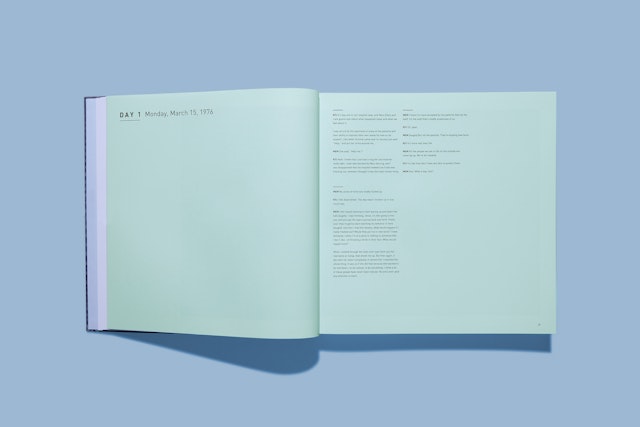


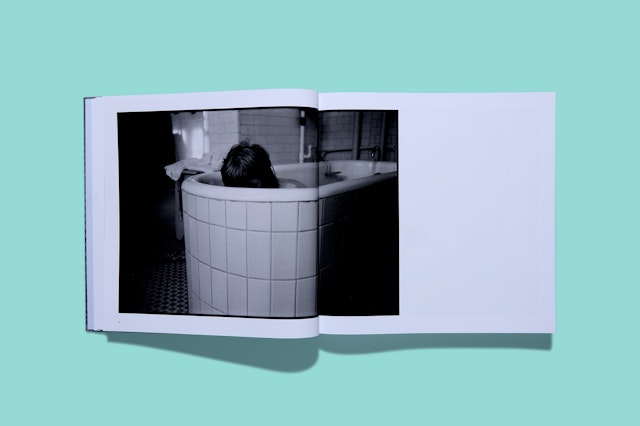
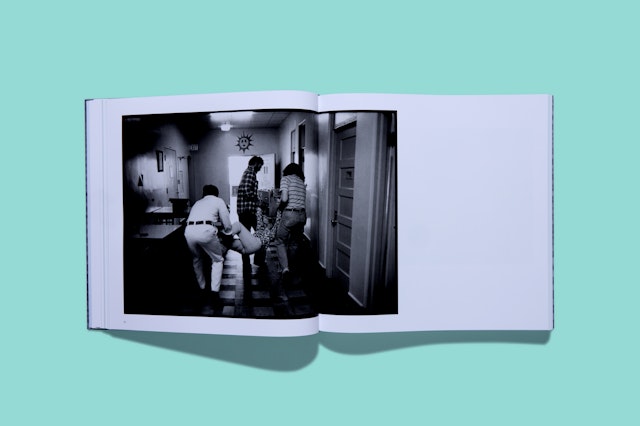
The primary typeface used in the new volume is Din, a sans serif font originally designed in 1905 to identify railroad cars in Germany.


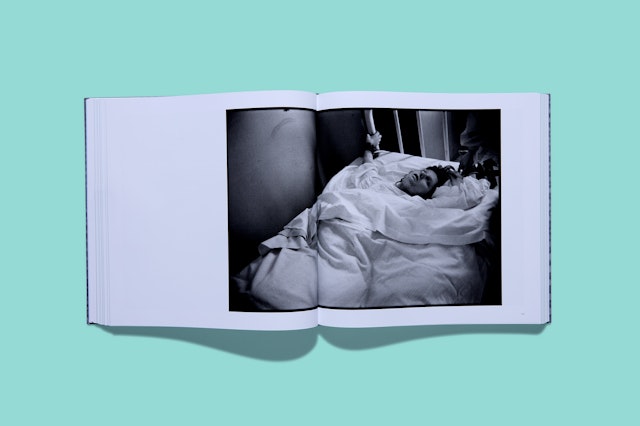

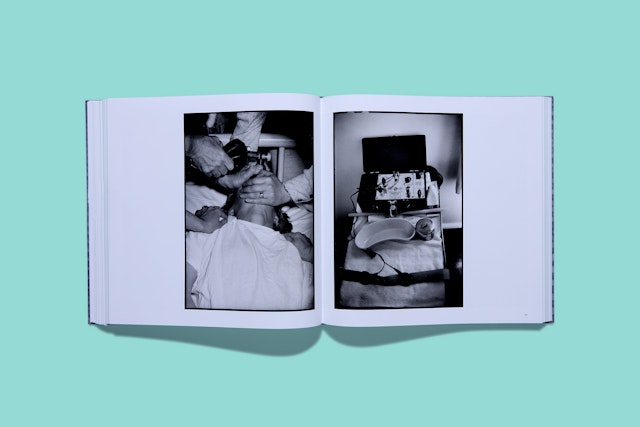

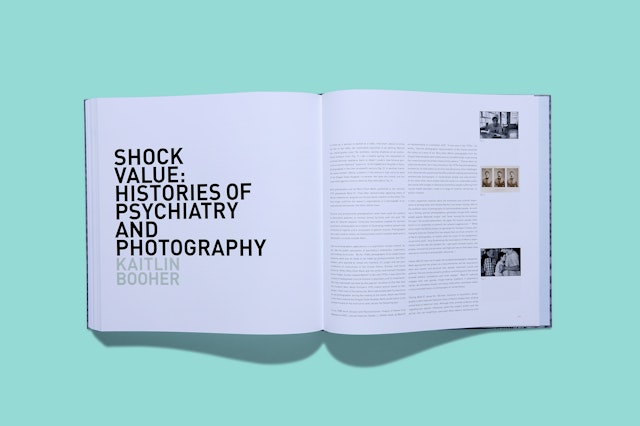
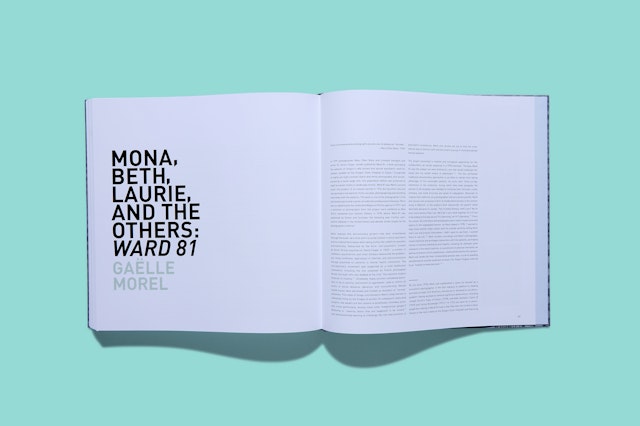

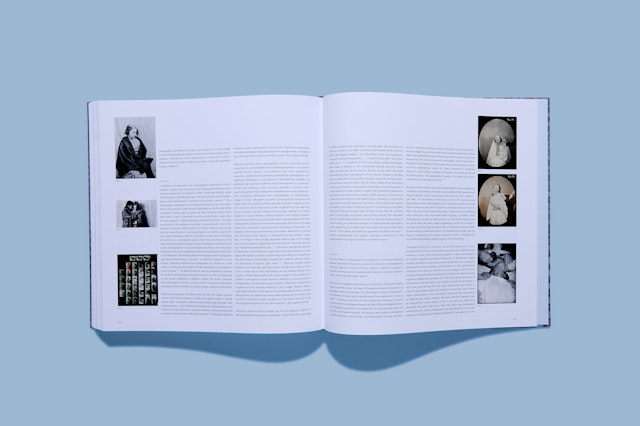


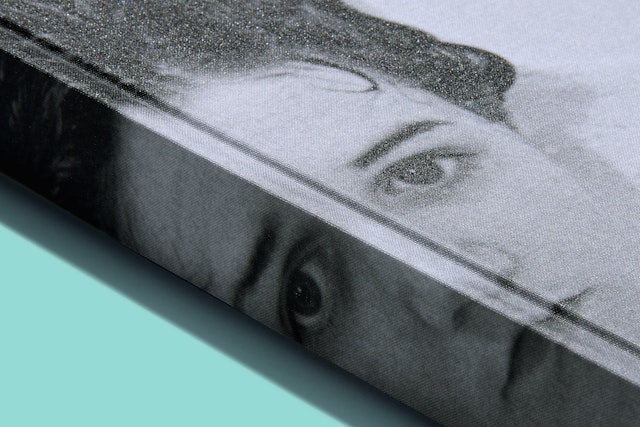
Pentagram Austin has designed a completely reimagined and expanded edition of the late, great Mary Ellen Mark’s classic monograph Ward 81–photographed in 1976 and published by Simon & Schuster in 1979.
In 1974, American photographer Mary Ellen Mark went on assignment to the Oregon State Hospital to photograph Jack Nicholson and the cast of Miloš Forman’s film adaptation of Ken Kesey’s novel One Flew Over the Cuckoo’s Nest. The movie was being filmed on location at the hospital, a high-security mental facility in Salem. During the photo-shoot, Mark met the women of Ward 81, the only locked security ward for women in the state. She promised to return, and after more than a year of negotiations with the hospital authorities and families of residents, Mark was granted permission to live in Ward 81 for a month.
In the spring of 1976, Mary Ellen Mark and Karen Folger Jacobs, a writer and licensed therapist, began their odyssey at Oregon State Hospital’s Ward 81. Every day for five weeks, Mark photographed the patients and Jacobs interviewed them. Often marginalized and dismissed as dangerous, the women of Ward 81 responded with delight to the interest from the two empathetic journalists.
This was Mary Ellen’s first independent, long-term project and it was a groundbreaking one for the young photographer. She quickly gained renown for her open-eyed examinations of the downtrodden and less fortunate communities living on the fringes of society. She would go on to create important photographic essays in book form including Falkland Road (1981), a documentation of the prostitutes and patrons of the internationally notorious district in Bombay; Streetwise (1988), an intimate portrait of teenagers who survive as pimps, prostitutes, panhandlers and small-time drug dealers living on the streets of Seattle; A Cry for Help (1996), portraits of homeless children and their families living in the H.E.L.P. shelters in New York State, and others.
One of those groundbreaking photo-essays was an assignment from partner DJ Stout, Principal of Pentagram’s Austin office, when he was Art Director at Texas Monthly magazine. It was the first commission Stout gave to Mary Ellen Mark and it was a challenge, to say the least. “The War Zone” published in the November 1988 issue, was about a crime-ridden, urban neighborhood overtaken by the crack epidemic. At the time, this South Dallas neighborhood had the highest crime-rate in the country. Naturally, the drug dealers were not cooperative photo-subjects, so Mark turned her camera on the families–the mothers and children of the war-torn community–who were the true victims of the crisis.
That award-winning feature was a powerful piece of photojournalism, and from that point on Stout continued working with Mark on a series of photo-driven stories including features on the small-town Texas rodeo, the Mexican Circus and a fringe religious cult in Abilene, Texas called the House of Yahweh. Eventually the celebrated New York photographer and the Art Director from Texas became close friends.
Sadly, Mary Ellen passed away in 2015, but in 2020, her husband, Academy Award-nominated filmmaker Martin Bell, and Mark’s longtime associates Meredith Lue and Julia Bezgin, called Stout about a new project. In the process of curating images for The Book of Everything, a three-volume survey of Mark’s work, Bell and team discovered that Karen Folger Jacobs still had an extensive series of tapes of the interviews she and Mark had conducted with the women of Ward 81 in 1976. The conversations with the patients had never been published and this gave Bell an idea. He and his colleagues at The Mary Ellen Mark Foundation wanted to publish an expanded edition of Ward 81 and they wanted Stout and his team at Pentagram Austin to design it. It was a bitter-sweet reunion.
The reimagined volume is titled Ward 81 Voices, edited by Bell, Bezgin and Lue, and includes excerpts from interviews with patients and recorded conversations between Mark and Jacobs, previously unpublished photographs, and original essays by Jacobs, Max Houghton, Gaëlle Morel and Kaitlin Booher. Miloš Forman provided a short foreword (he died in 2018) and Paul Roth wrote the introduction.
The original 1979 edition of Ward 81 was a wide, horizontal softback book and featured the now iconic image of a young patient named Laurie nearly submerged in a sudsy bathtub on the front cover. The back cover was printed black with no images and a small block of reversed text featuring quotes about the book. To differentiate the two editions, and to better utilize the entire, wraparound self-cover, the Pentagram team positioned the patient’s face in the middle of the wide spine of the book. Half of the photograph is now on the front cover and half is on the back. The revised positioning of the famous image places Laurie’s right eye on the spine of the book. When the book is lined up vertically on a bookshelf, it appears as if the girl is watching you from behind the stacks.
The new, oversized 12” X 12” coffee table book features a hard, clothbound cover and substantially more heft, totaling 288 pages including 141 images. The new edition was printed and produced by Steidl in Göttingen, Germany. Steidl, one of the best book printers in the world, scanned and reworked Mark’s original photographs, achieving a sharpness and clarity unobtainable in the 70s edition.
The layout and page architecture of the expanded volume has been reconfigured to showcase Mary Ellen’s original black and white 35mm photographs in a larger, square format. The primary typeface used in the new volume is Din, a sans serif font originally designed in 1905 to identify railroad cars in Germany, which gives the book a clinical but modern look. The daily interview pages are highlighted with a gray/green tint inspired by the color of the shabby, mental hospital walls which can be seen in the movie One Flew Over the Cuckoo’s Nest.
You can watch a short video of Martin Bell talking about Ward 81 Voices here.
